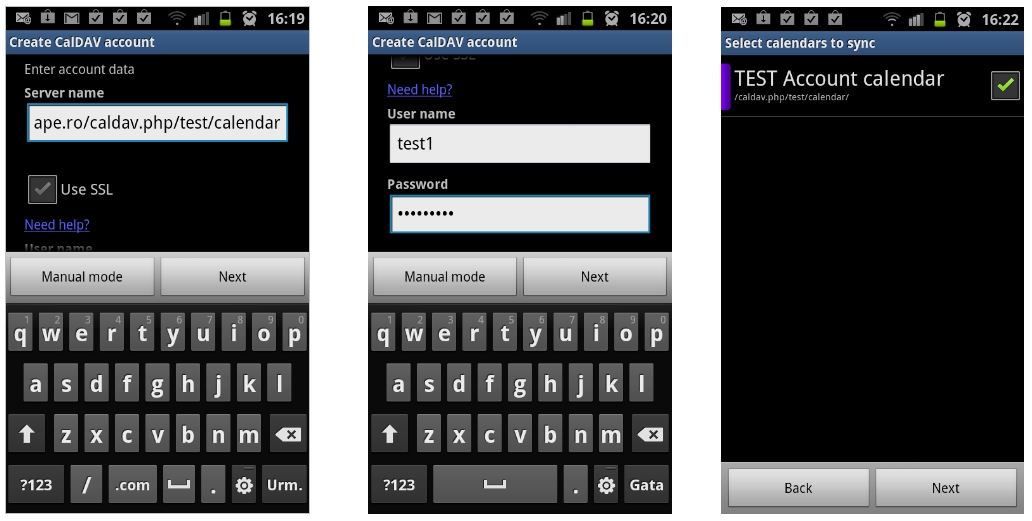

Remote Desktop Services is another key component of Microsoft's virtualization strategy. Joey Alpern, in Microsoft Windows Server 2008 R2, 2010 Overview of remote desktop services Windows Server 2008 R2 Remote Desktop Servicesĭustin Hannifin. The drawback to this solution is the fact that a user must be able to connect to the RDS server in some fashion to be able to run an application. The advanced features also can authenticate a user before a user session is created to relieve the extra burden on the RDS server and allow for more connections and better performance. Using the advanced features of the Remote Desktop Client in Windows 7 allows for mapping of resources to the RDS server, so files and printers can be shared when a user connects. The RemoteApp can add items to the desktop Start menu or desktop icon just like a locally installed application. The connection to the RDS server is automatically established and the application is started. When installed on your Windows 7 desktop, double-clicking on it will launch the application just like it is installed on the end-user desktop. A published application can be converted to a RemoteApp and generate a Windows Installer File (MSI) that can be deployed through Active Directory, file download, e-mail, or your SCCM environment to all the targeted users. If your users do not want to connect to a server or a Web page to run their applications, there is a new feature in Windows Server 2008 RDS called RemoteApp. Web Services, Session Broker, and Network Load Balancing all work together to provide a seamless application virtualization environment for most users.

The RDS server is capable of supporting multiple users on a single server, and there are many new enhancements in RDS with Windows Server 7 that allow for a variety of connection methods.

When the users next connect and run the application, they receive the updated version. When the applications need to be upgraded or patched, they are patched only on the RDS servers. This gives equal performance to both local and remote users running the application. The application is displayed to the end user while being executed on the RDS server.

Users, whether local or remote, all connect to the RDS server.


 0 kommentar(er)
0 kommentar(er)
